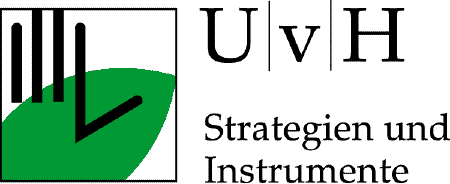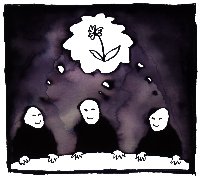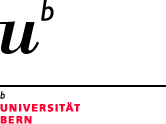Interfakultäre Koordinationsstelle für Allgemeine Ökologie (IKAÖ) |

Forschung

Environmental Psychology: Campaigns
Heinz Gutscher, Prof. Dr.
Hans-Joachim Mosler, Dr. phil. I et dipl. zool.
Jürg Artho, lic. phil. I
Stefan Mischke, cand. lic. phil. I

|
"We want to find out how people - a large enough number of them - can begin to base their behavior - quickly enough - on criteria of global sustainability, both social and environmental." Heinz Gutscher |
Goals and Questions
Financial incentives or regulations in the form of laws and prohibitions are the main methods used to encourage environmentally friendly behavior. The many other forms of environmental psychological interventions, which aim towards voluntary changes in behavior, are practically unknown. But in pilot studies in various parts of the world, these methods have been shown to be very worthwhile. In a pilot study of our own, ‘commitment’ and ‘feedback’, for example, proved to be effective methods. Our project is concerned with large-scale testing of various forms of intervention. We want to show that these strategies can have substantial and lasting effects even at the community level. How does an environmental campaign reach the greatest number of people (‘diffusion’)? Because most attention has been directed to understanding how intervention mechanisms work, this question has been largely ignored. For this reason, a central concern of our project is to compare different forms of diffusion. We examine lesser known instruments, including some that we have developed ourselves, such as ‘mobile social probes’. Our goal is to find out what forms of diffusion are the most effective under differing conditions in reaching the greatest number of people successfully. We also aim to further develop a computer program that simulates campaigns at the community level. Work on our simulation model, which is based on social psychological theories of information processing and social influence, has been in progress for the last four years (first period of the SPPU).
Methods
To study forms of intervention and diffusion, we are going to join forces with local action groups and start campaigns in one or two communities. Using a before/after comparison of a number of objective and subjective variables (such as volume of traffic, self-reported behavior and attitudes), we plan to evaluate the different types of intervention. The main method of testing forms of diffusion will be the computer simulation. Our aim is to find out what forms of diffusion, according to theory, will reach the most people in the communities studied. For the best fit of the simulation to reality, we must first conduct extensive research in these communities. The data gained will be fed into the simulation as the initial conditions. In a second step, those forms of diffusion that simulation shows to be promising will then be recommended for use in the communities. Following the campaigns, the forms will be evaluated through questionnaires and other indicators of success. As a third and final step, we will compare the course of diffusion as well as the results of the environmental campaigns to the computer simulation results. This will be a great aid in refining and optimizing the simulation program.
Stefan Mischke
Jürg Artho
Psychologisches Institut der Universität Zürich
Abteilung Sozialpsychologie
![]()
